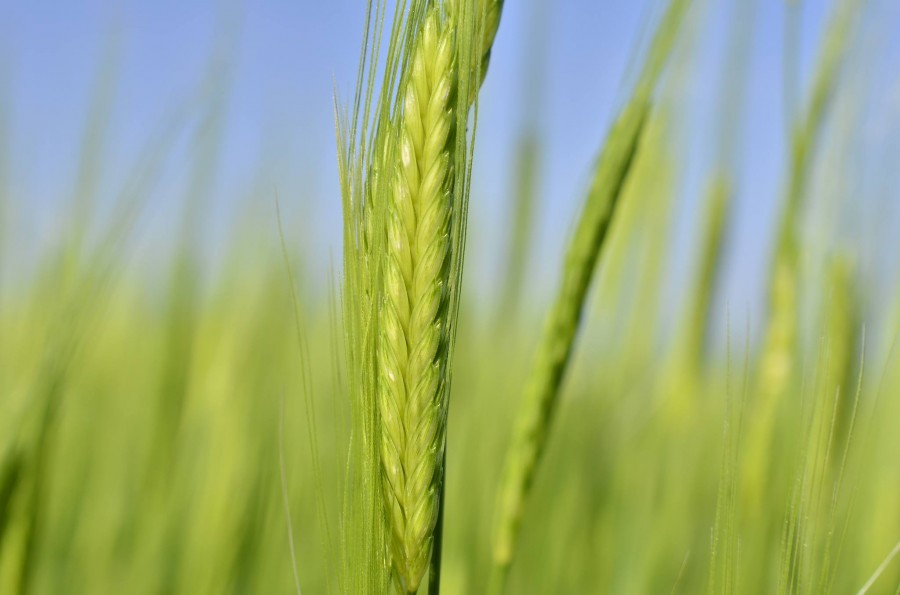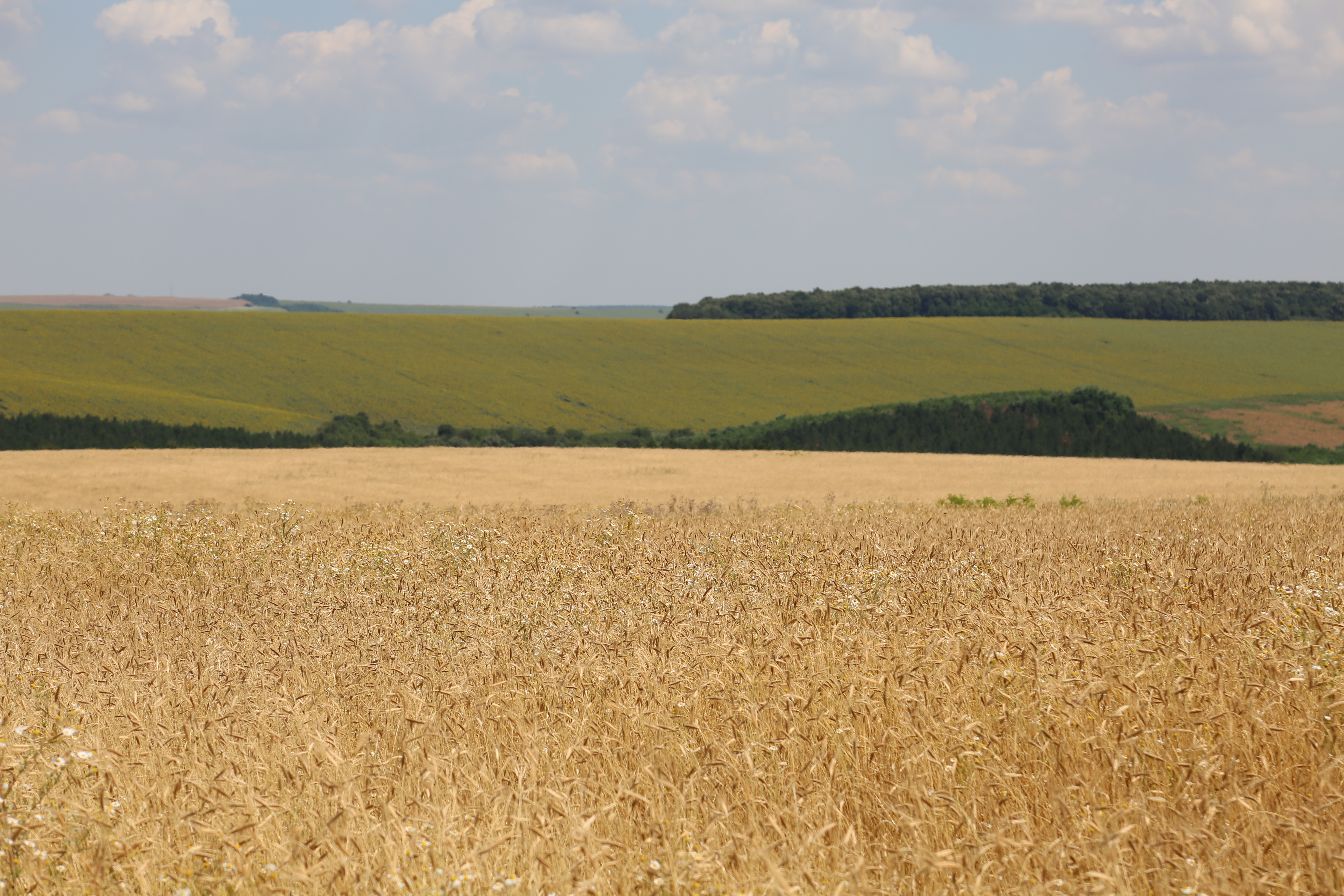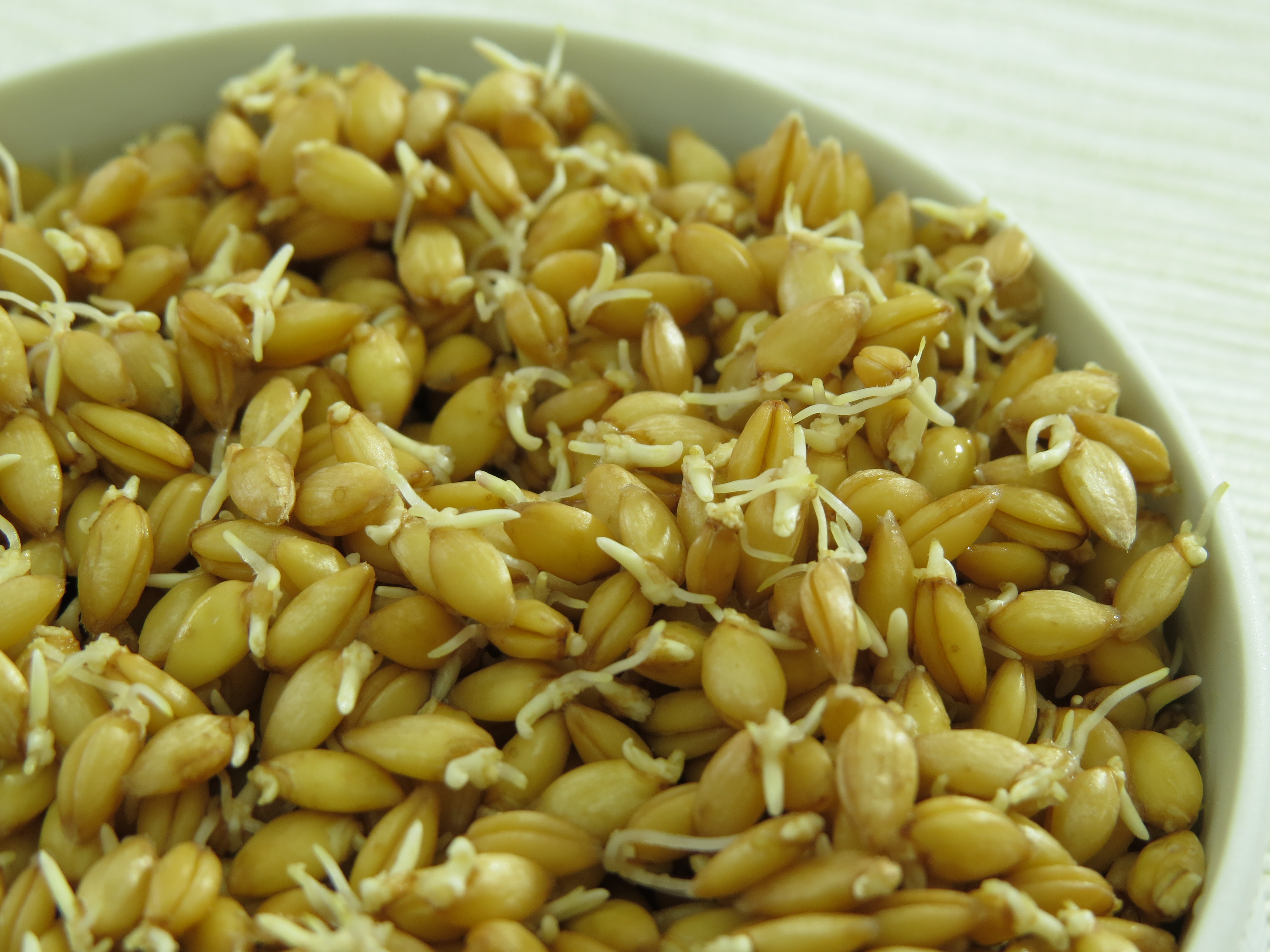Scientists prove the supremacy of einkorn wheat over conventional wheat with regard to the natural antioxidants and selenium in its composition.
Results from scientific research – a two-year precise Polish experiment with 15 different wheat varieties, show that the accumulation of selenium (Se) amongst the varieties is different. Scientists prove that einkorn (Triticum monococcum) has a better ability to accumulate the microelement Se than the rest of the tested types of wheat. Einkorn manifests as a promising variety in the experiment, exhibiting a high content of Se in its grains. Higher values in the roots show its favourable effect on bioaccumulation of the microelement in the soil (J. Lachman et al., 2011).
Natural antioxidants in food and other biological materials receive considerable attention due to their harmlessness and positive nutritional and therapeutic effects for the body. Antioxidants are able to clear free radicals before they can cause any damage or to prevent the proliferation of oxidative damage. A number of phenolic antioxidants are evident in the composition of wheat crops (Naczk and Shahidi, 2006).
Selenium is able to clear toxic metals from the body and in this way it becomes an antagonist of mercury, lead, aluminum and cadmium. It acts as a powerful antioxidant and helps fight the damage caused by free radicals. Selenium is a naturally occurring microelement with antioxidant properties that is vital for human health. An important characteristic is that it cannot be synthesized within the human body, and cannot be replaced with any other element. It is established that more than one billion people worldwide suffer from a selenium deficiency (Lyons et al. 2005a).
Selenium is essential in a very narrow concentration range, outside of which either deficiency or toxicity is observed (Sager, 2006). Its low nutritional intake is related to health damage, including oxidative states related to stress, reduced fertility and immune functions or higher risk of cancer (Zend and Combs, 2008). Recommended nutritional intake in the USA, Canada and the EU is 55 mg Se per day.
A team of Czech scientists conducts 2-year Polish experiments with different wheat varieties (part of which: 5 varieties of einkorn wheat and 5 varieties of conventional wheat), with a focus on estimating the content of selenium and antioxidants (total content of polyphenols), aiming to evaluate the einkorn varieties as potentially able to improve the nutritional value of bread and other wheat products in man’s conventional diet.
The scientists establish a higher content of Se as well as antioxidants in einkorn wheat varieties (50.0-54.8 mg/kg DM and 507-612 mg/kg DM respectively) in comparison with the results of conventional wheat varieties (Se – 29.8-39.9 mg/kg DM and antioxidants – 502-601 mg/kg DM) (J. Lachman et al., 2011).
The research team found that significant quantities of Se accumulate in grains, however einkorn wheat has the highest potential, and the high content of Se in the roots remains inside the soil for later use by other crops, i.e. einkorn favors the process of bioaccumulation of the microelement within the soil.
Research on the influence of various factors on the content of selenium and antioxidants in grain crops shows that in spite of the dependence of the content of selenium on its presence within the soil (Lyons et al. 2005a), the species-conditioned ability (proven to be best in einkorn wheat) of the variety to accumulate the microelement and antioxidants is a determinant.
The results of the Czech scientists (J, Lachman et al., 2011) prove that einkorn wheat can be a good source of selenium, without the need for additional micro fertilization for its cultivation. In conclusion, einkorn wheat varieties indicating a high content of selenium qualify as a promising source of this highly valued nutrient.
References:
1. J. Lachman1, D. Miholová1, V. Pivec1, K. Jírů1, D. Janovská2: Content of phenolic antioxidants and selenium in grainof einkorn (Triticum monococcum), emmer (Triticum dicoccum) and spring wheat (Triticum aestivum) varieties. Plant Soil Environ., 57, 2011 (5): 235–243
2. Naczk M., Shahidi F. (2006): Phenolics in cereals, fruits and vegetables: Occurrence, extraction and analysis. Journal of Pharmaceutical and Biomedical Analysis, 41: 1523–1542.
3. Lyons G.H., Judson G.J., Ortiz-Monasterio I., Genc Y., Stangoulis J.C.R., Graham R.D. (2005a): Selenium in Australia: Selenium status and biofortification of wheat for better health. Journal of Trace Elements in Medicine and Biology, 19: 75–82.
4. Zeng H., Combs G.F. Jr. (2008): Selenium as an anticancer nutrient: roles in cell proliferation and tumor cell invasion. The Journal of Nutritional Biochemistry,19:1–7.
5. Burk R.E., Levander O.A. (2005): Selenium. In: Shils M.E., Shike M., Ross A.C., Caballero B., Cousins R.J. (eds): Modern Nutrition in Health and Disease. 10thEdition. Lippincot Williams and Wilkins, Philadelphia, 312–325.





 Where to buy
Where to buy